Signals and Communication Technology
Series Editors
Emre Celebi
Department of Computer Science, University of Central Arkansas, Conway, AR, USA
Jingdong Chen
Northwestern Polytechnical University, Xi'an, China
E. S. Gopi
Department of Electronics and Communication Engineering, National Institute of Technology, Tiruchirappalli, Tamil Nadu, India
Amy Neustein
Linguistic Technology Systems, Fort Lee, NJ, USA
H. Vincent Poor
Department of Electrical Engineering, Princeton University, Princeton, NJ, USA
This series is devoted to fundamentals and applications of modern methods of signal processing and cutting-edge communication technologies. The main topics are information and signal theory, acoustical signal processing, image processing and multimedia systems, mobile and wireless communications, and computer and communication networks. Volumes in the series address researchers in academia and industrial R&D departments. The series is application-oriented. The level of presentation of each individual volume, however, depends on the subject and can range from practical to scientific.
**Indexing: All books in Signals and Communication Technology are indexed by Scopus and zbMATH**
For general information about this book series, comments or suggestions, please contact Mary James at mary.james@springer.com or Ramesh Nath Premnath at ramesh.premnath@springer.com.
More information about this series at http://www.springer.com/series/4748
Joachim Speidel
Introduction to Digital Communications
2nd ed. 2021

Logo of the publisher
Joachim Speidel
Institute of Telecommunications, University of Stuttgart, Stuttgart, Baden-Wrttemberg, Germany
ISSN 1860-4862 e-ISSN 1860-4870
Signals and Communication Technology
ISBN 978-3-030-67356-7 e-ISBN 978-3-030-67357-4
https://doi.org/10.1007/978-3-030-67357-4
Springer Nature Switzerland AG 2019, 2021
This work is subject to copyright. All rights are reserved by the Publisher, whether the whole or part of the material is concerned, specifically the rights of translation, reprinting, reuse of illustrations, recitation, broadcasting, reproduction on microfilms or in any other physical way, and transmission or information storage and retrieval, electronic adaptation, computer software, or by similar or dissimilar methodology now known or hereafter developed.
The use of general descriptive names, registered names, trademarks, service marks, etc. in this publication does not imply, even in the absence of a specific statement, that such names are exempt from the relevant protective laws and regulations and therefore free for general use.
The publisher, the authors and the editors are safe to assume that the advice and information in this book are believed to be true and accurate at the date of publication. Neither the publisher nor the authors or the editors give a warranty, expressed or implied, with respect to the material contained herein or for any errors or omissions that may have been made. The publisher remains neutral with regard to jurisdictional claims in published maps and institutional affiliations.
This Springer imprint is published by the registered company Springer Nature Switzerland AG
The registered company address is: Gewerbestrasse 11, 6330 Cham, Switzerland
Preface
Digital communication has found an increasing interest in the past 70 years starting with the telephone network on copper wires, the development of the optical transmission, and the emerging Internet based on wire-line and wireless transmission technologies. Today, the trend to serve an increasing number of mobile users and also machines with information through digital networks is unbroken.
The new book Introduction to Digital Communications is aiming at graduate students, scientists, and engineers, who are interested in getting an introduction to modern digital communications. The main focus is on the fundamentals of the physical layer from the perspective of the theory of linear time-invariant as well as time-variant systems. The book draws a bow from single input single output to multiple input multiple output systems with an emphasis on wireless transmission over time-variant channels. The main concern lies on an accurate mathematical description, wherein the findings and lemmas are proven in detail. Various chapters are enriched by numerical examples and also illustrated with results from computer simulations provided by the open platform webdemo of the Institute of Telecommunications at the University of Stuttgart, http://www.inue.uni-stuttgart.de .
Organization of the Book
The book covers three main parts and a fourth part with two Appendices.
Part I
Deals with the principles of digital transmission, which are important for wire-line as well as wireless communications. It describes the main building blocks for Single Input Single Output (SISO) systems. The concept of quadrature amplitude modulation is introduced. An important part is the design of the overall system for minimal intersymbol interference with Nyquists first criterion. The introduction of the equivalent baseband system allows the concise definition of the link between the transmitter input and the receiver output as a black box without details of the modulation, the spectral signal shaping, and the channel. For the receive signal, several detection methods are described in detail, such as threshold decision, maximum likelihood, and maximum a posterior detection. Also the difference between symbol-by-symbol and sequence detection is addressed and the maximum likelihood sequence estimator is described as an example. With an adequate model of the noise at the receiver, the symbol error probability is calculated.
The following chapters in Part I are devoted to the wireless transmission. The main difference is the wireless channel, which changes its characteristic with time. Therefore, the theory of linear time-variant systems is introduced to describe the building blocks of the system with time-variant impulse responses and delay spread functions. As not all students and engineers are frequently involved with this topic, the book contains an own Part II devoted to the theory of linear time-variant systems. Selected points are briefly reported for Part I, hence the reader is not required to study Part II beforehand. However, for a deeper understanding, the reader should get involved in Part II. The introduction of the equivalent baseband system, which is then time-variant, follows. With this model the increase of the output signal bandwidth at the receiver compared to the transmit signal is shown as an example. The multipath channel model is described in detail. As the wireless transmission link is multifaceted, a statistical characterization of the channel is helpful. To this end, various channel models are reviewed, such as the Rayleigh and Nakagami-  fading as well as the model according to Clarke and Jakes.
fading as well as the model according to Clarke and Jakes.
Part II
Is devoted to the theory of linear time-variant systems. In many cases, this topic is just touched upon during the education of graduate students in Electrical Engineering and Computer Science. Therefore, this dedicated Part II is provided. The input-output relation given by the time-variant convolution is addressed in detail and the mathematical properties are derived. We outline the relation with the well-known (time-invariant) convolution used by engineers in most applications. The time-variant impulse response and the delay spread function turn out to be the proper system descriptions in the time domain. Also the system functions in the frequency domain are presented, such as the time-variant transfer function and the Doppler spread function. For the statistical description of randomly changing time-variant systems autocorrelation functions as well as power spectral densities of the system functions are studied.



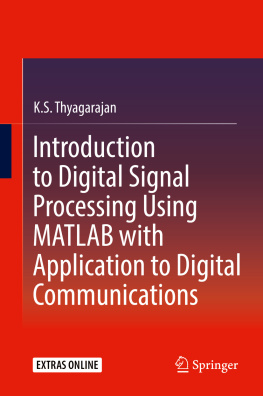
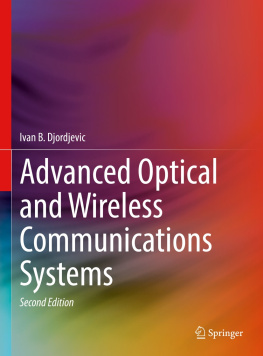

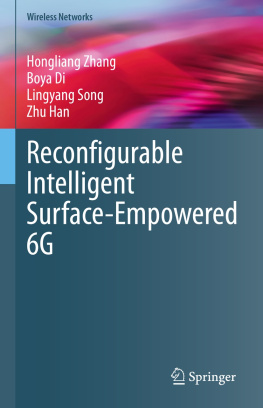
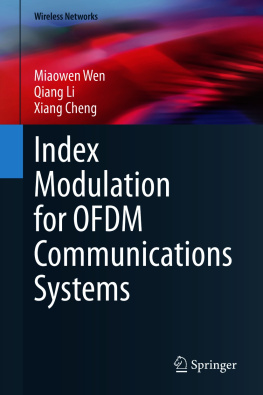

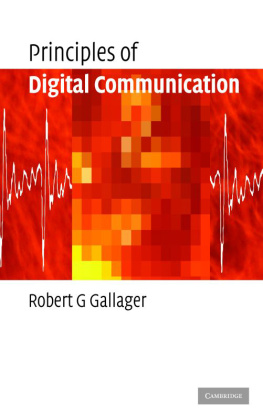
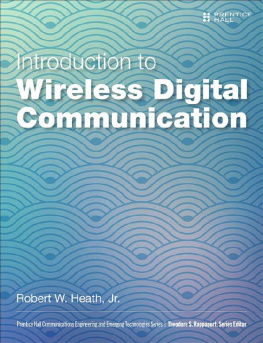
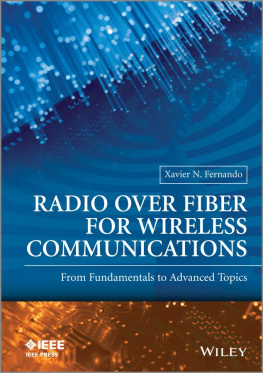
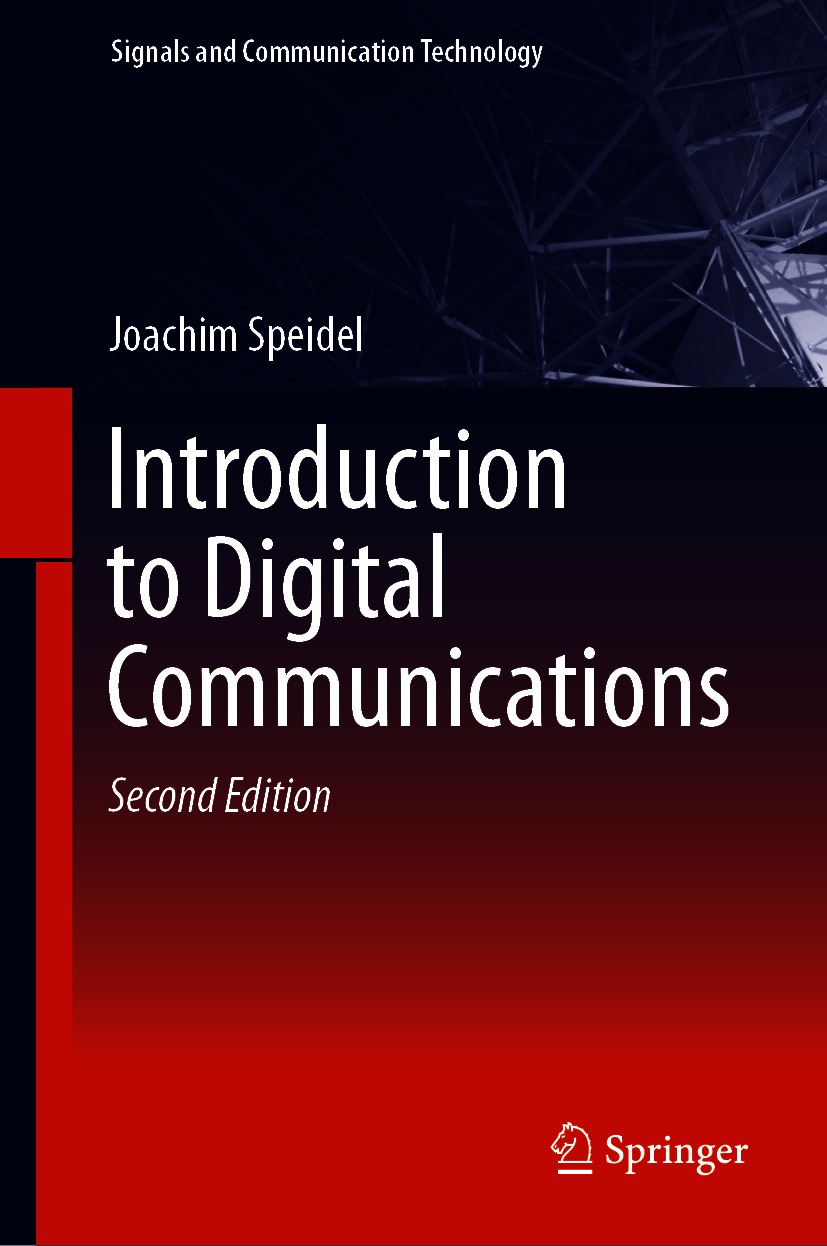

 fading as well as the model according to Clarke and Jakes.
fading as well as the model according to Clarke and Jakes.